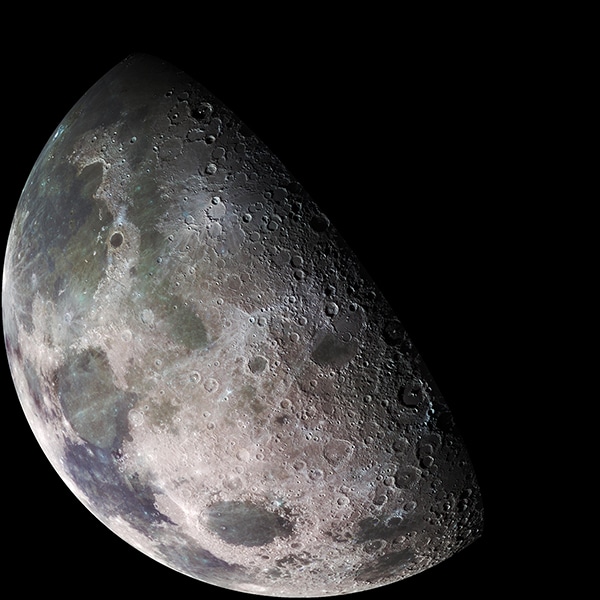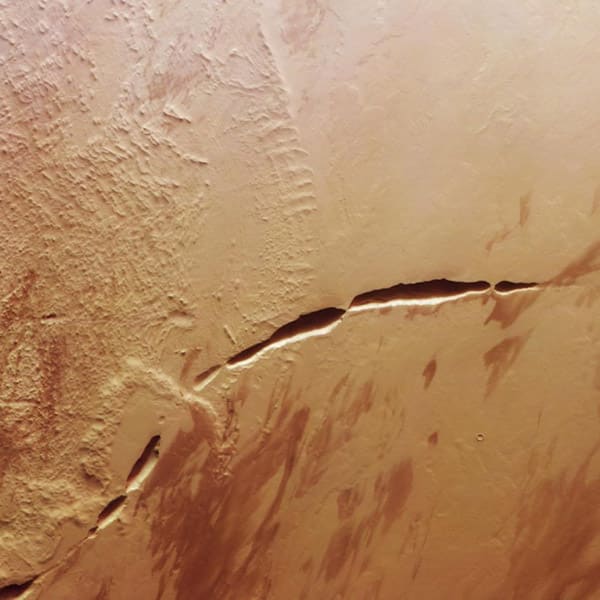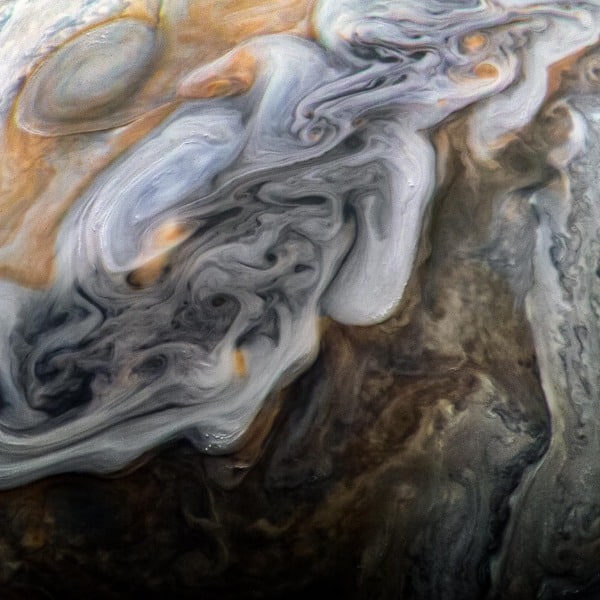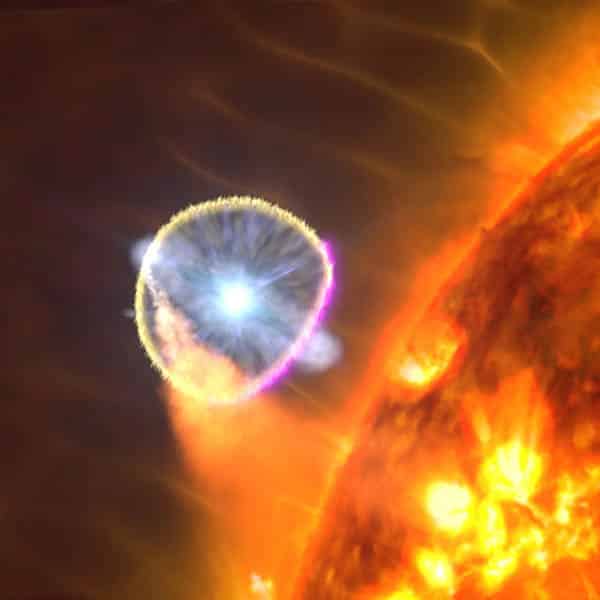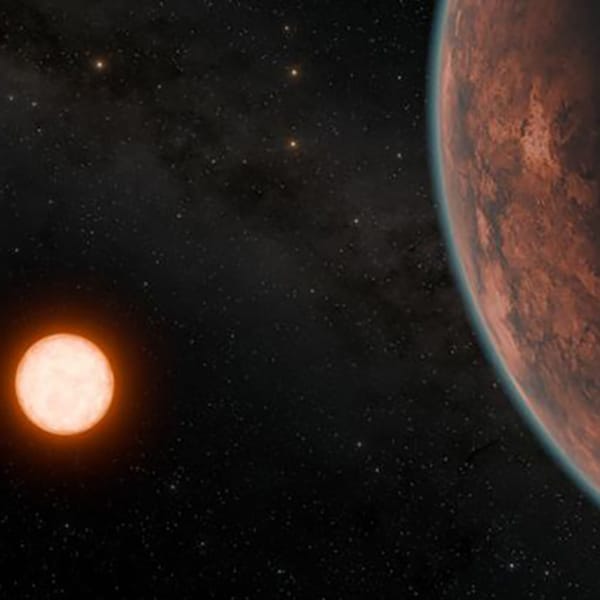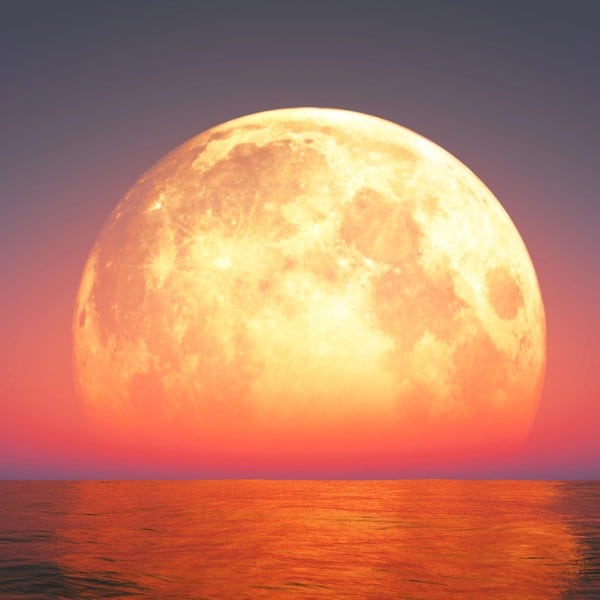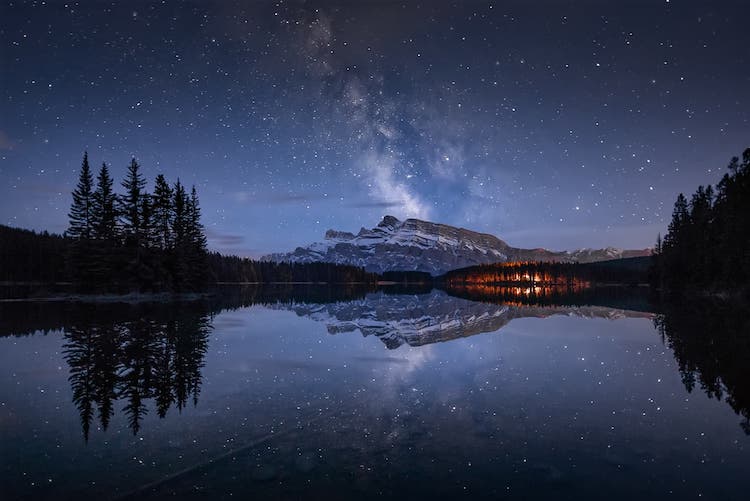
As any skilled astrophotographer will attest, the Milky Way is an incredible muse. There's nothing like capturing the magic of our galaxy, and once you've done it, it's easy to get hooked. Of course, for many, the idea of photographing the Milky Way is intimidating. Whether you think your camera isn't powerful enough or you aren't sure what settings to use, sometimes it's hard to know where to start. Luckily, photographer Dan Zafra of Capture the Atlas has made things easy by creating a clear infographic on the best techniques to use, as well as a calendar of what days are best for photographing the Milky Way.
Zafra's taken a lot of the guesswork out of planning your photo session by creating Milky Way calendars for 14 different locations around the world. And if you don't see the location you are after, you can put in a request for a custom calendar. Though the Milky Way is visible for most of the year, there are only select days when the highly evocative center of the galaxy is on view. Not only does the calendar tell you when the Milky Way is visible, but it also breaks down the times when you can see the galactic center, as well as the center's average position in the sky.
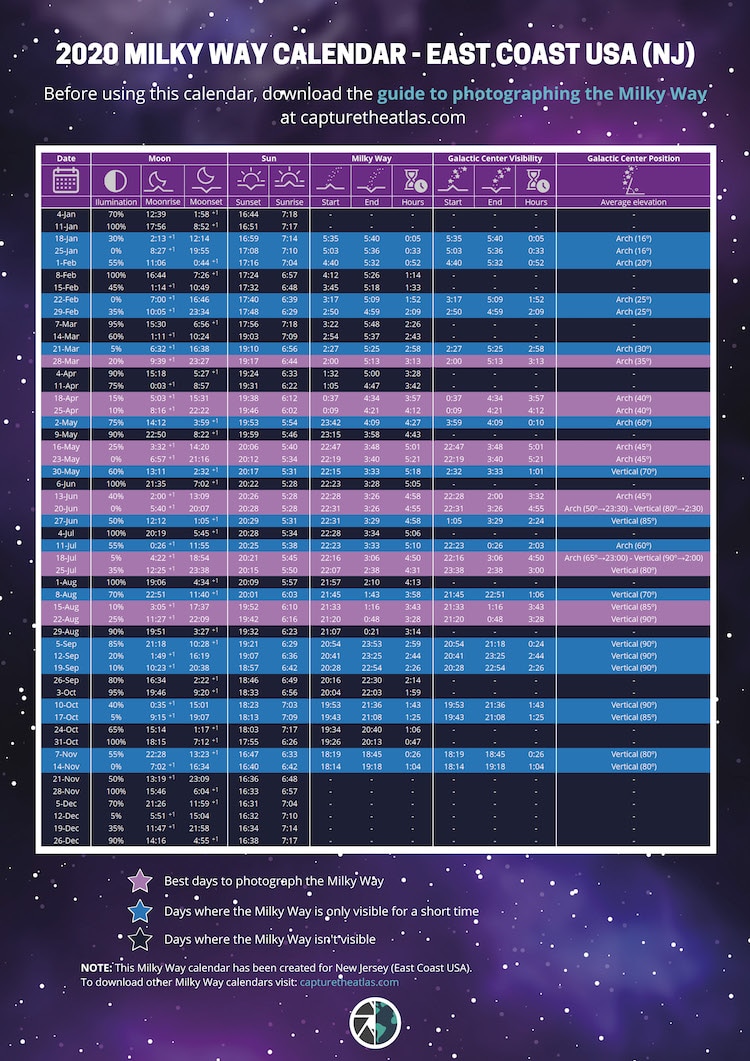
All of this information is vital to calculate the timing of your Milky Way images, as well as the composition. And to make things even clearer, Zafra has also color-coded each day, letting you know which are the best days to photograph the galaxy, when it's visible for just a short time, and when the Milky Way can't be seen.
Of course, when planning your shoot you'll also want to consider light pollution and be sure to position yourself in an area where this won't be an issue. Zafra also recommends shooting in hours when the Moon either isn't visible or is quite dim. Thanks to the moonrise and moonset hours included in the calendar, there shouldn't be any trouble with those timings.
Zafra's other big tips to get the gorgeous Milky Way picture you're after?
- Turn down your camera's LCD brightness to avoid underexposed photographs.
- Shoot in RAW to get as much detail as possible.
- Set a manual white balance (you can always change this in post-production).
- Use the matrix light metering mode.
- Carefully place your tripod to avoid vibrations.
You can download Zafra's Milky Way calendar, as well as his guide to photographing the Milky Way, for free on Capture the Atlas.
In addition to his Milky Way calendar, photographer Dan Zafra also created a helpful infographic filled with tips.
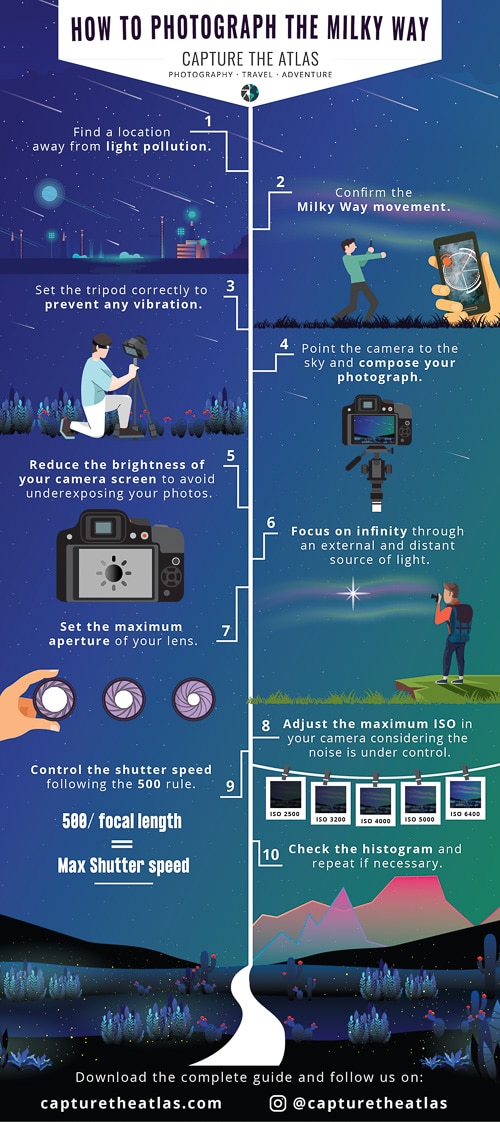
Capture the Atlas: Website | Facebook | Instagram
My Modern Met granted permission to feature photos by Dan Zafra.
Related Articles:
5 Pro Photography Secrets to Capturing Powerful Wide-Angle Landscape Photos
Interview: Professional Photographer Shows Why Light Is Essential in Landscape Photography
Tips From a Professional Photographer: How to Capture the Perfect Sunrise
Tips From a Professional Photographer: How Take the Perfect Photo of the Desert














































































